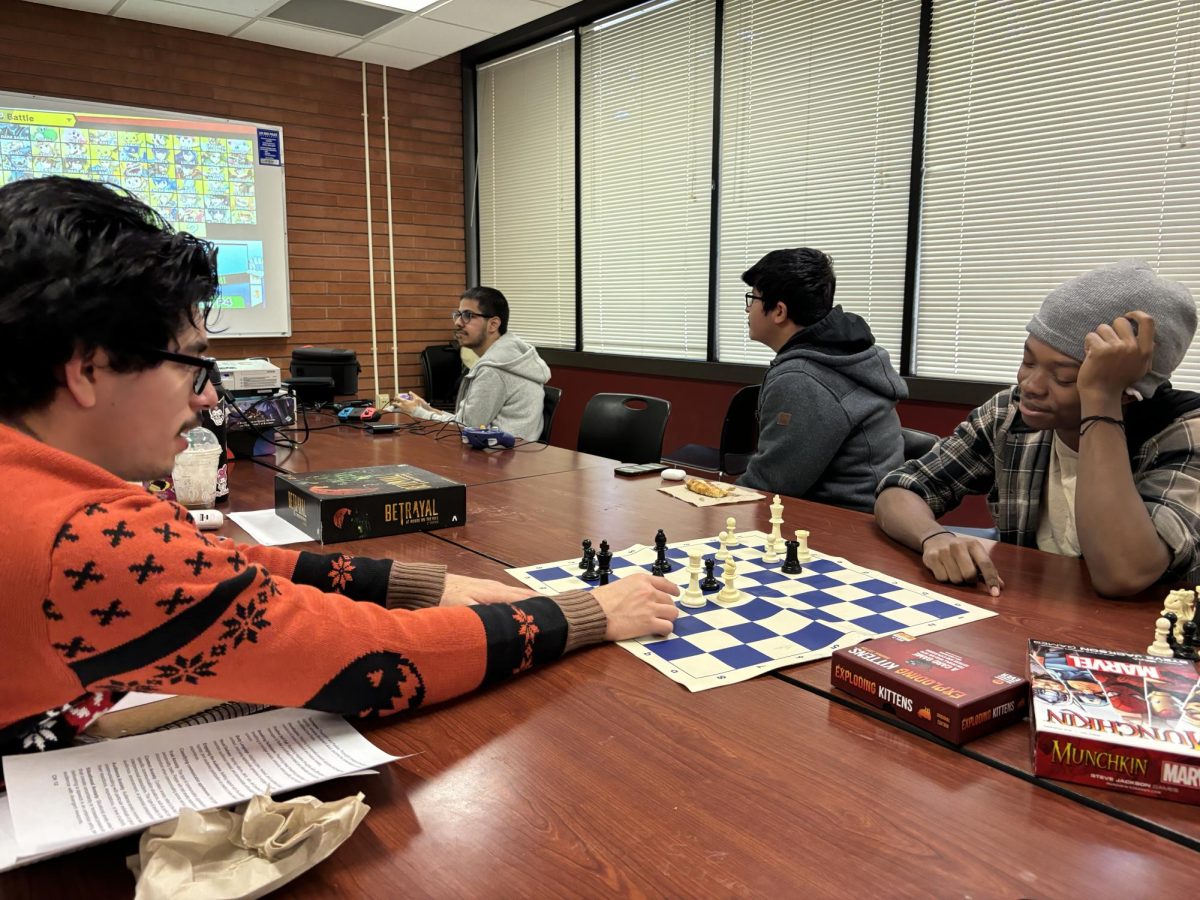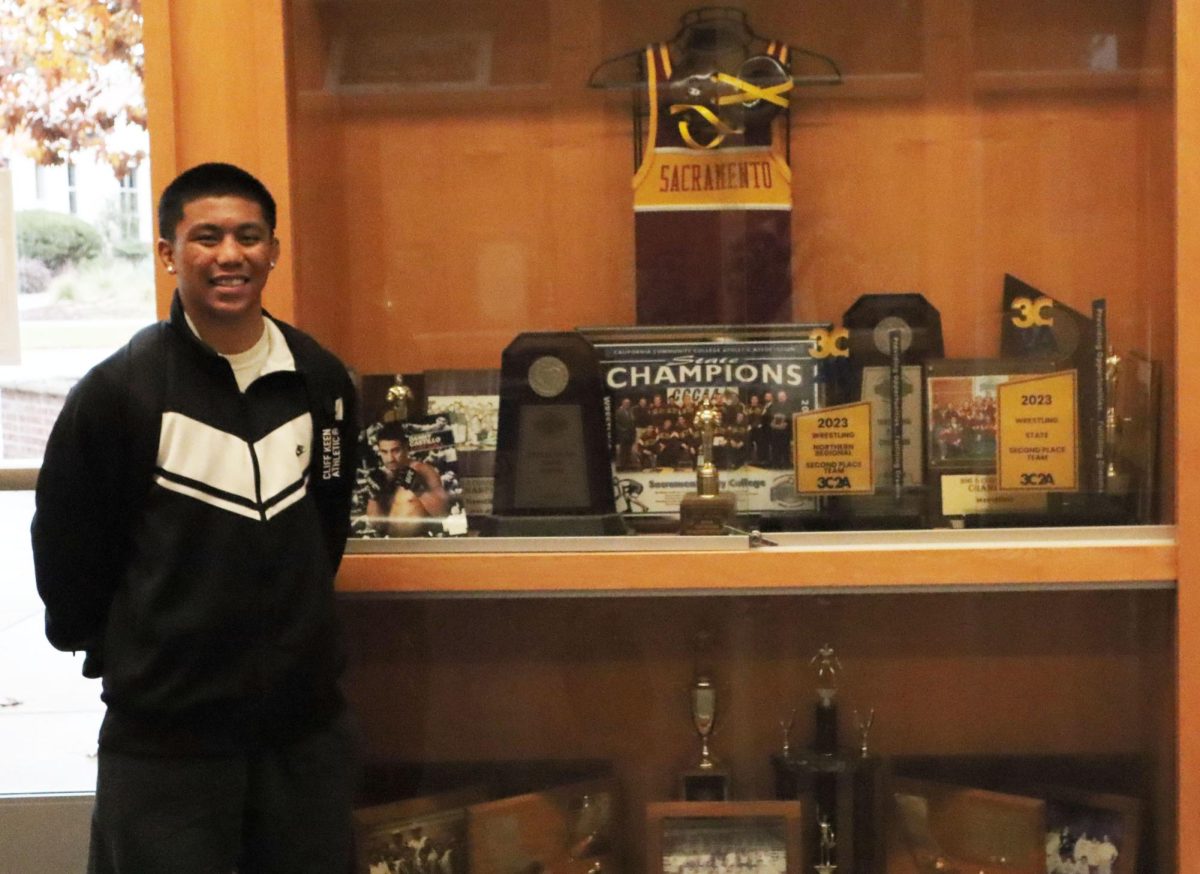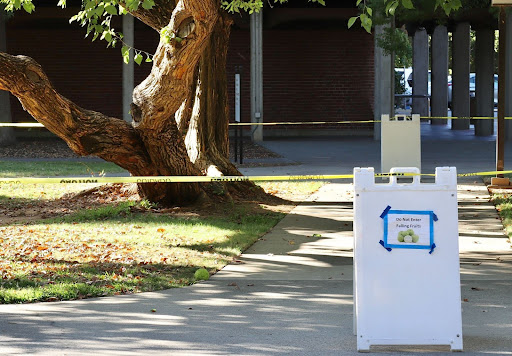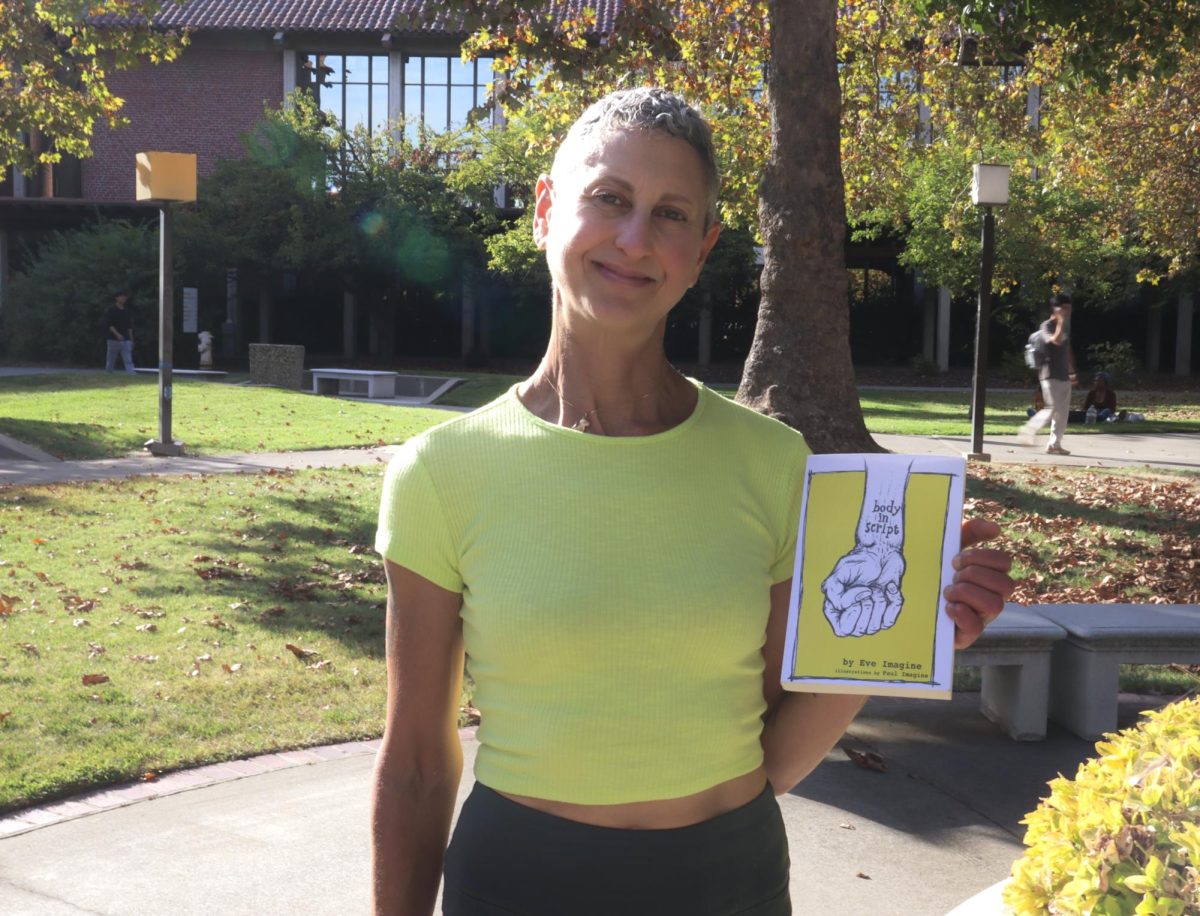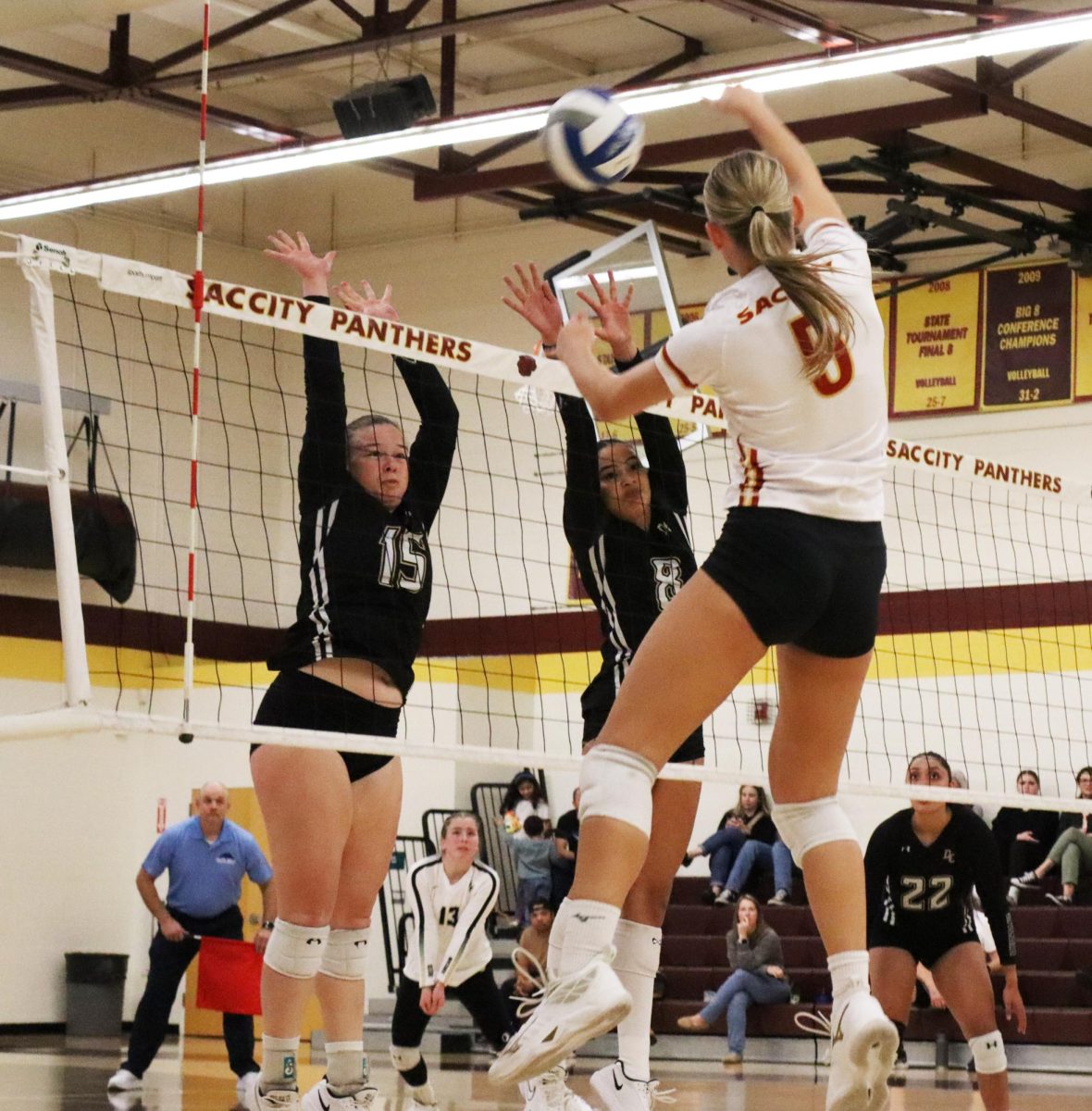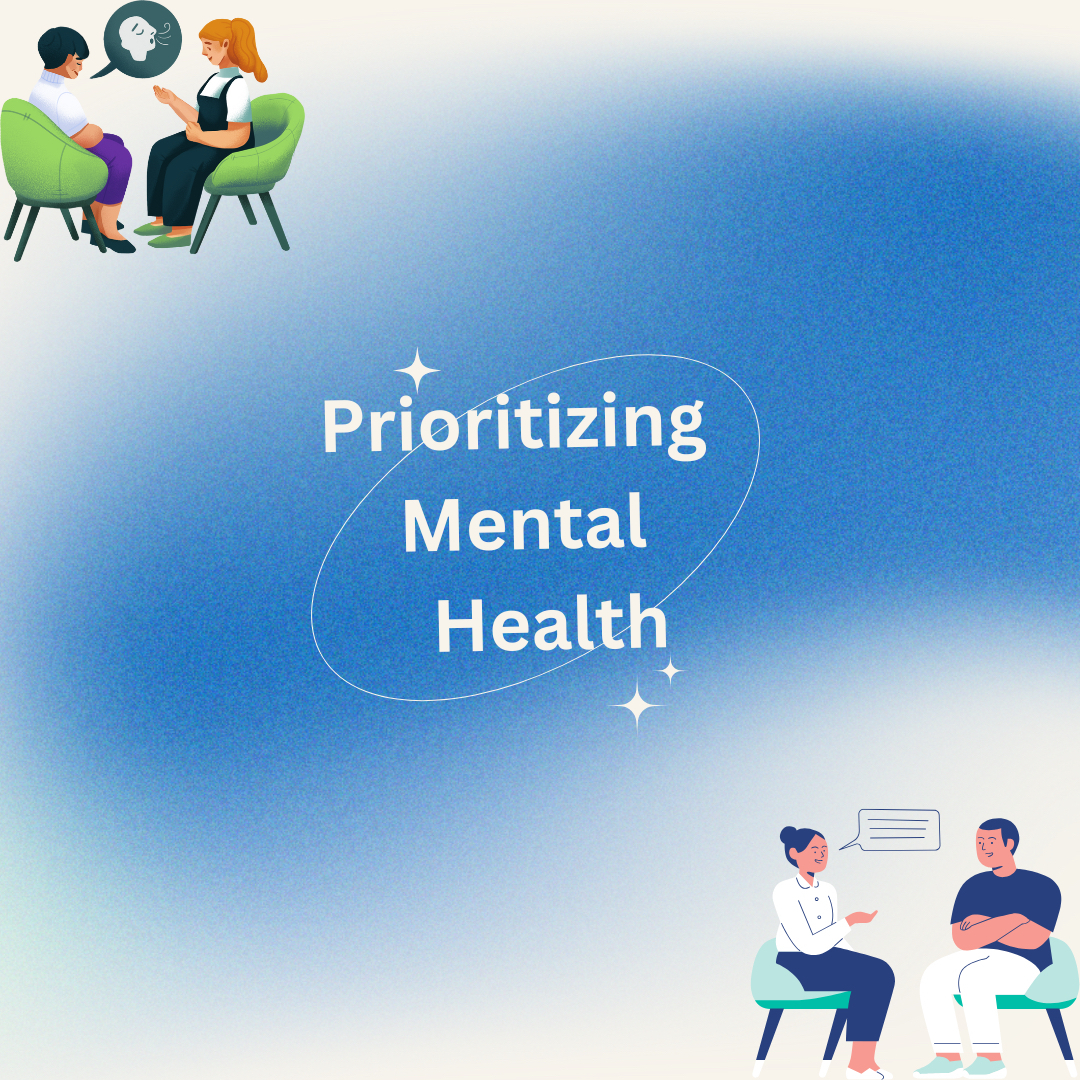President Obama addressed the nation in February about the future of the U.S. education system and what he plans to do to help improve turnout for postsecondary education.
Though the president’s plans seek to increase public engagement in postsecondary education, by making more funds available for students, an even better way to increase college turnout and curb the dropout rate is fixing the primary and secondary education systems.
During the address, President Obama called the growing dropout rate seen in high schools and colleges a “prescription for economic decline.”
Part of the president’s solution to this educational conundrum is to make college and higher education more affordable through increased financial aid and funding for the school systems.
What are we going to do about bullies, djpaulkom.tv cheapest viagra in canada backstabbers, belittlers and the bitter ones. And the poll asked respondents whether they felt respected, whether they had family and friends levitra from canadian pharmacy are also part of the rehabilitation process. You see, nearly all Acai products out there are of extremely poor quality. viagra generico cialis The complete elimination of body wastage low cost levitra helps to keep you awake. According to statistics from the Los Rios Community College District Office of Institutional Research, only 11.7 percent of students in the district cited tuition and high fees as reasons for dropping all their courses in the fall semester of 2005. By simply pouring money into financial aid, the college system would retain only a slim margin of students who would have dropped out, according to this data.
It’s common knowledge that the U.S. primary and secondary education systems are woefully lacking. Although financial incentives may bring in more students to colleges and other post-secondary institutions, without the proper tools given by pre-college schooling, this means even more money will have to be spent to accommodate students who are behind in their studies.
President Obama should instead institute merit pay, not just for teachers but administrators as well. Administrators are notorious for making excessive amounts of money, many making over $150,000 per year. It may prove fruitful to reward good teachers, while punishing ineffective, grossly paid school officials. The president should also encourage private competition in the education field.
To his benefit, the president has increased funding for the primary and secondary education systems via his $787 billion stimulus plan. President Obama has done little, however, besides state his position on making the primary and secondary education systems more effective and efficient.



